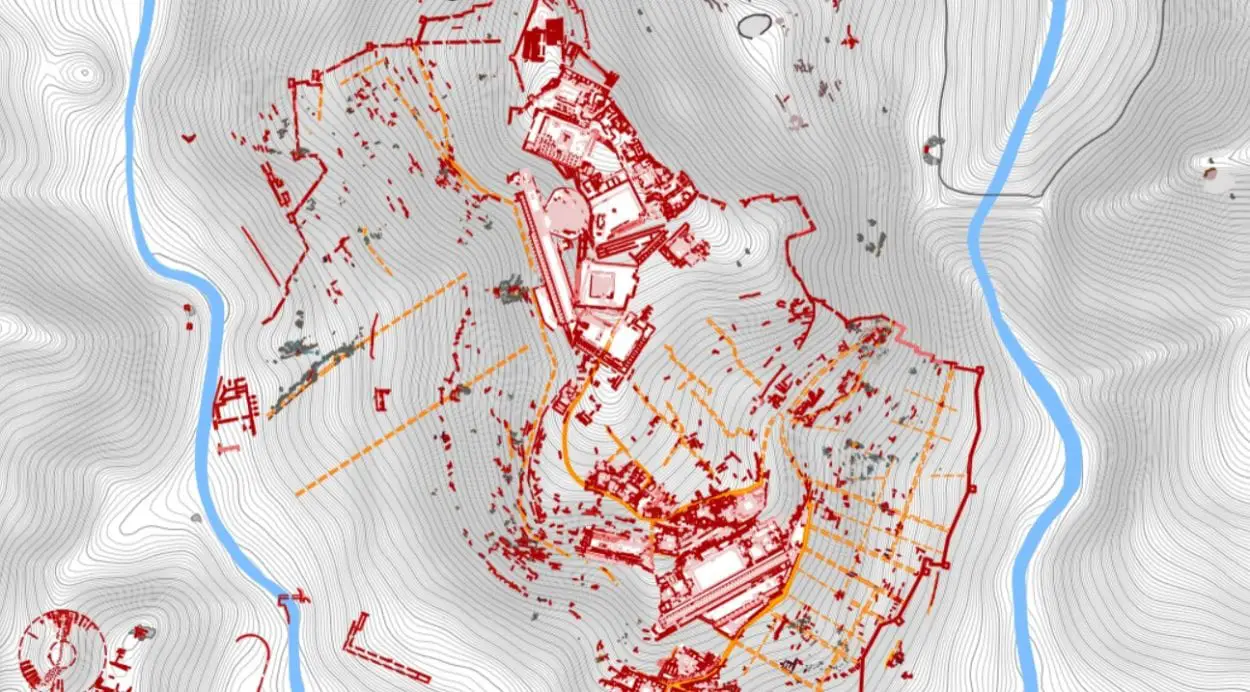Archaeologists from the German Archaeological Institute, and the Turkish Ministry of Culture & Tourism has published a detailed cartographic digital map of the ancient city of Pergamon.
Pergamon was an ancient Greek city, located on the north edge of the Caicus plain near the present-day city of Bergama in Turkey. During the Hellenistic period, it emerged as the capital of the Kingdom of Pergamon (a rump state after the collapse of the Lysimachian Empire) that was ruled by the Attalid dynasty from 281 to 133 BC.
Pergamon became one of the major cultural centres of Asia Minor and the Greek world, being home to notable figures such as Epigonus (a Greek sculptor), Biton (a Greek writer and engineer), Hegesinus (a philosopher), Apollodorus (teacher to the Roman Emperor Augustus), and Antipas of Pergamum (a Christian martyr and saint).
Under the rule of Eumenes II and Attalus II, Pergamon reached its apex in 188 BC and covered an area of 220 acres. The goal was to create a second Athens, with an acropolis, the Library of Pergamon (which in contemporary sources is considered only second to the Library of Alexandria), various temples, and a large theatre that could seat up to 10,000 spectators.

After the death of Attalus III in 133 BC, the city was gifted to Rome, leading to an uprising by a coalition of Greek cities in a series of Mithridatic Wars. The war resulted in Pergamon being stripped of its status as a free city, with the inhabitants being forced to pay tribute and supply troops to the Roman army.
The Romans conducted an ambitious building programme, constructing temples, a theatre, an amphitheatre, and the shrine of Asclepius (the god of healing) which was famed in the Roman world.
Pergamon continued to prosper, but during the crisis of the 3rd century AD (a period in which the Roman Empire nearly collapsed) the city began to decline and was badly damaged in an earthquake in AD 262.
The digital map published on iDAI.geoserver, is intended to show the culmination of decades of archaeological research over the last 30 years, revealing the true extent of the city monuments, and wider landscape over an area of 3088 acres.
Felix Pirson, honorary professor at Leipzig University and the first director of the German Archaeological Institute in Istanbul said: “We decided to adopt an open database system and share the ancient features of Bergama with the whole world. We want this information to reach a large number of people.”
View iDAI.geoserver Digital Map
Header Image Credit : German Archaeological Institute





